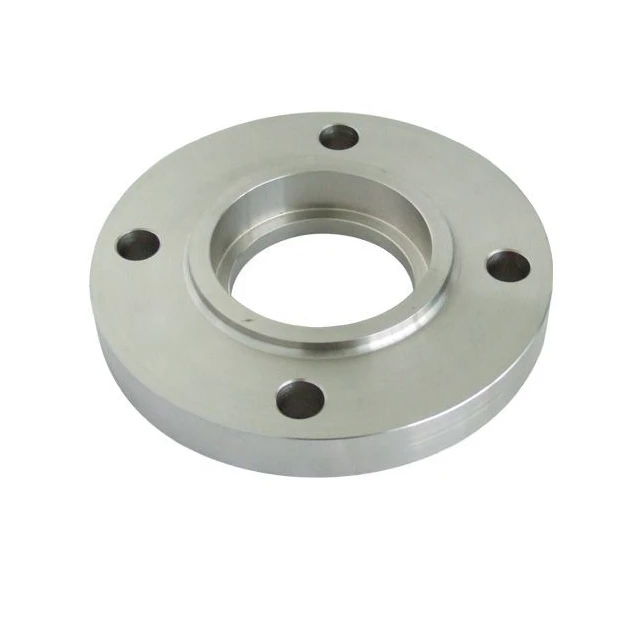-
Cangzhou Yulong Steel Co., Ltd.
-
Phone:
+86 13303177267 -
Email:
admin@ylsteelfittings.com
- English
- Arabic
- Italian
- Spanish
- Portuguese
- German
- kazakh
- Persian
- Greek
- French
- Russian
- Polish
- Thai
- Indonesian
- Vietnamese
- Zulu
- Korean
- Uzbek
- Hindi
- Serbian
- Malay
- Ukrainian
- Gujarati
- Haitian Creole
- hausa
- hawaiian
- Hebrew
- Miao
- Hungarian
- Icelandic
- igbo
- irish
- Japanese
- Javanese
- Kannada
- Khmer
- Rwandese
- Afrikaans
- Albanian
- Amharic
- Armenian
- Azerbaijani
- Basque
- Belarusian
- Bengali
- Bosnian
- Bulgarian
- Catalan
- Cebuano
- China
- China (Taiwan)
- Corsican
- Croatian
- Czech
- Danish
- Esperanto
- Estonian
- Finnish
- Frisian
- Galician
- Georgian
- Kurdish
- Kyrgyz
- Lao
- Latin
- Latvian
- Lithuanian
- Luxembourgish
- Macedonian
- Malgashi
- Malayalam
- Maltese
- Maori
- Marathi
- Mongolian
- Myanmar
- Nepali
- Norwegian
- Norwegian
- Occitan
- Pashto
- Dutch
- Punjabi
- Romanian
- Samoan
- Scottish Gaelic
- Sesotho
- Shona
- Sindhi
- Sinhala
- Slovak
- Slovenian
- Somali
- Sundanese
- Swahili
- Swedish
- Tagalog
- Tajik
- Tamil
- Tatar
- Telugu
- Turkish
- Turkmen
- Urdu
- Uighur
- Welsh
- Bantu
- Yiddish
- Yoruba

Dec . 14, 2024 05:37 Back to list
en 10216 2 pipe dimensions
Understanding EN 10216-2 Pipe Dimensions
When it comes to the manufacturing and application of pipes in various industries, it is crucial to adhere to international standards that ensure quality, safety, and interoperability. One such standard is EN 10216-2, which pertains to non-alloy steel pipes used for pressure purposes. This standard provides comprehensive specifications regarding the dimensions, tolerances, and mechanical properties of the pipes, making it essential for engineers, manufacturers, and end-users to understand its implications.
Overview of EN 10216-2
EN 10216-2 is a European standard that details the requirements for seamless steel pipes designed for elevated temperatures and pressure applications. Primarily, it focuses on non-alloy and alloy steel pipes for use in various industries, including oil and gas, power generation, and chemical processing. The standard outlines the dimensions of the pipes, ensuring they are produced within specific tolerances to guarantee quality and performance.
Pipe Dimensions
The dimensions of pipes specified in EN 10216-2 include the outside diameter (OD), wall thickness, and length. These dimensions are critical, as they directly influence the pipe’s performance under pressure and in terms of flow capacity. The standard categorizes pipes into different nominal sizes, which correspond to specific OD and wall thickness combinations.
1. Outside Diameter (OD) The outer diameter is fundamental in determining the size of the pipe and is expressed in millimeters. It is pivotal in ensuring that the pipe can connect properly with fittings and equipment.
2. Wall Thickness The wall thickness of the pipe is equally important. EN 10216-2 specifies different wall thicknesses for each nominal size, indicating how much stress the pipe can withstand. Thicker walls generally imply higher pressure ratings, allowing the pipe to operate in more demanding environments.
3. Length The standard typically specifies lengths that the pipes can be produced in. Standard lengths usually range from 6 meters to 12 meters, although longer lengths can be arranged based on customer requirements.
en 10216 2 pipe dimensions

Tolerances
EN 10216-2 also provides tolerances for the dimensions of the pipes. Tolerances are critical in ensuring that the pipes fit together without leakage or structural compromise. The standard specifies allowable variations from the nominal dimensions, ensuring that pipes can be manufactured consistently while still allowing for slight variations in production processes.
Mechanical Properties
Apart from dimensions and tolerances, EN 10216-2 outlines the mechanical properties that these pipes must possess. These properties include yield strength, tensile strength, and elongation. Manufacturers are required to conduct rigorous testing to verify that the pipes meet these standards, which serve as a guarantee of performance and durability under operational conditions.
Applications
Pipes manufactured according to EN 10216-2 are widely used in demanding environments, such as petrochemical plants and thermal power stations. Their ability to withstand high pressures and temperatures makes them suitable for transporting fluids like oil, gas, steam, and water. Ensuring these pipes meet the EN 10216-2 standard is crucial for maintaining the integrity and safety of large-scale industrial operations.
Conclusion
EN 10216-2 plays a vital role in defining the specifications for seamless steel pipes used under pressure. Understanding the dimensions, tolerances, and mechanical properties outlined in this standard is essential for professionals involved in pipe production and usage. By adhering to these standards, manufacturers can ensure the quality and reliability of their products, which is vital for safety and efficiency in various industrial applications. As industries continue to evolve and demand more durable and reliable materials, the importance of standards like EN 10216-2 will only continue to grow. Thus, a thorough understanding of this standard is indispensable for anyone involved in the field of pipe manufacturing or utilization.
Latest news
-
ANSI 150P SS304 SO FLANGE
NewsFeb.14,2025
-
ASTM A333GR6 STEEL PIPE
NewsJan.20,2025
-
ANSI B16.5 WELDING NECK FLANGE
NewsJan.15,2026
-
ANSI B16.5 SLIP-ON FLANGE
NewsApr.19,2024
-
SABS 1123 FLANGE
NewsJan.15,2025
-
DIN86044 PLATE FLANGE
NewsApr.19,2024
-
DIN2527 BLIND FLANGE
NewsApr.12,2024
-
JIS B2311 Butt-Welding Fittings LR/SR 45°/90° /180°Seamless/Weld
NewsApr.23,2024











